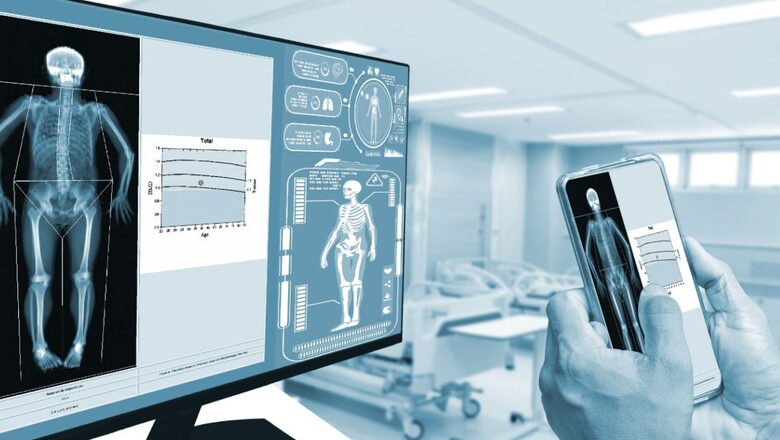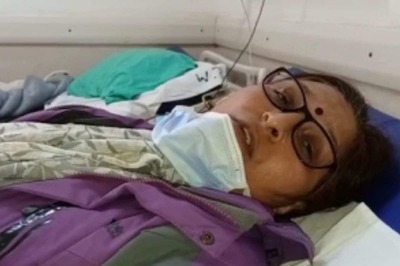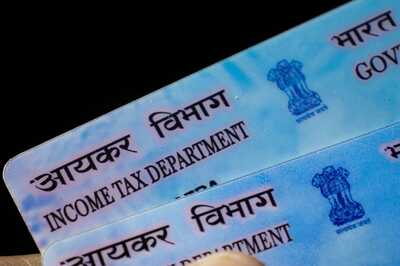
views
As people get older, their bones become thinner. Osteopenia is a condition where your bones become thinner than normal thereby, putting you at risk for osteoporosis, a more serious disorder. Osteoporosis is a disease of bones that occurs when bone mass and bone mineral density is decreased or when the structure or strength of bone is altered. This can result in a loss in bone strength, raising the risk of fractures (broken bones). Osteoporosis is a degenerative disease that primarily affects older people, with women over the age of 65 being the most affected. Individuals suffering from osteoporosis are prone to fractures (broken bones), particularly in the hips, spine and wrists.
What is a bone density scan?
A bone density scan, commonly called a dual X-ray absorptiometry (DEXA) scan, utilizes low-dose x-rays to measure calcium and mineral levels in bones. This measurement helps to assess the strength and thickness (referred to as bone density or mass) of the bones.
Primarily used to diagnose osteoporosis, a condition often seen in postmenopausal women but also in men and, more rarely, in children, DEXA scans detect gradual bone loss and structural changes. These changes make bones thinner, more fragile, and prone to fractures.
DEXA scans are also useful for monitoring the effectiveness of treatments for osteoporosis and other conditions leading to bone loss. Additionally, they assess an individual’s fracture risk by considering factors such as age, body weight, prior fracture history, family history of osteoporotic fractures, and lifestyle factors like smoking and excessive alcohol consumption. These factors play a role in determining if a patient requires specific therapies.
Bone density testing is strongly recommended for individuals falling into several categories. This includes post-menopausal women not taking estrogen, those with personal or maternal history of hip fracture or smoking, men with clinical conditions associated with bone loss (like rheumatoid arthritis, chronic kidney or liver disease), and individuals using medications known to cause bone loss such as corticosteroids, certain anti-seizure medications, or high-dose thyroid replacement drugs. Additionally, it’s recommended for those with type 1 diabetes, liver or kidney disease, family history of osteoporosis, high bone turnover indicated by excessive collagen in urine, thyroid or parathyroid conditions (like hyperthyroidism or hyperparathyroidism), individuals experiencing fractures after mild trauma, and those with x-ray evidence of vertebral fracture or other signs of osteoporosis.
Bone density testing becomes essential for evaluating bone health and implementing necessary precautions in response to these conditions.
Monitoring bone health
Osteoporosis is referred a “silent” disease since the condition doesn’t present any symptoms and one may not realize until they break a bone. The condition remains the leading cause of fractures in postmenopausal women and older men. While fractures can occur in any bone; however, they are most common in the hip, spine vertebrae, and wrist.
Nevertheless, you can help prevent the condition and associated fractures by staying physically active, by doing weight-bearing exercises like walking, consuming alcohol in moderation, quitting smoking or refraining from starting if you do not smoke, taking your recommended drugs, which can help avoid fractures in persons with osteoporosis, maintaining good bone health by eating a nutritious diet high in calcium and vitamin D.
Don’t let osteoporosis fracture your spirit, act now!




















Comments
0 comment